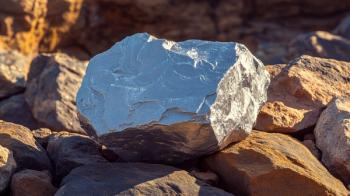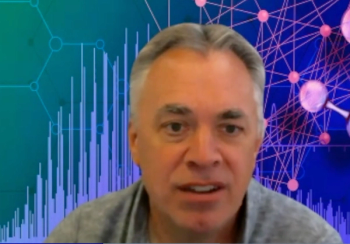
- Spectroscopy-05-01-2009
- Volume 24
- Issue 5
Market Profile: LC-MS Time-of-Flight Mass Spectrometry
An oft-overlooked segment of the mass spectrometry market is time-of-flight LC–MS. Although LC-TOF does not possess the capabilities of more expensive mass spectrometry techniques, it fills an important price-to-performance segment of the market. The trickling down of technology and heavy competition are contributing to a strong market outlook for the area.
An oft-overlooked segment of the mass spectrometry market is time-of-flight LC–MS. Although LC-TOF does not possess the capabilities of more expensive mass spectrometry techniques, it fills an important price-to-performance segment of the market. The trickling down of technology and heavy competition are contributing to a strong market outlook for the area.
LCâMS-TOF demand by industry - 2009.
Although the lack of MS-MS capability limits the capabilities of LC-TOF, it does provide a high mass range, high speed, and very high resolution. These factors make it useful for analyzing large molecules and for working with fast HPLC systems, and make it capable of picking out compounds in very complex matrices. Though they have been on the market for some time, LC-TOF instruments have offered somewhat limited performance. However, technology has trickled down from high-end TOF-based instruments into more recently introduced LC-TOF models, which combined with a far lower price point, make the technique very attractive to some end-users.
The pharmaceutical industry accounts for the largest demand for LC-TOF instruments, which provide a more cost-effective method for routine analyses. LC-TOF has found significant demand in both environmental analysis and the agriculture & food industries because of its ability to identify contaminants in complex samples, as well as its price point. The biotechnology and forensics industries also contribute significant demand for LC-TOF due to the high mass range. Demand from the forensics market will grow dramatically in 2009 because of a particularly large order from Japan.
Although still much smaller than the Q-TOF market, global demand for LC-TOF is expected to break $80 million in 2009. Significant advancements in more recently introduced models, many of which are at considerably lower price points, will help drive strong double-digit annual growth for the near future.
The foregoing data were based upon SDi's market analysis and perspectives report entitled Mass Spectrometry, February 2008, for which SDi has just published its 1-year update. For more information, contact Stuart Press, Vice President — Strategic Analysis, Strategic Directions International, Inc., 6242 Westchester Parkway, Suite 100, Los Angeles, CA 90045, (310) 641-4982, fax: (310) 641-8851,
Articles in this issue
over 16 years ago
Universal Quantification — The Uncelebrated Strength of ICP-MSover 16 years ago
Product Resourcesover 16 years ago
Pittcon 2009 New Product Reviewover 16 years ago
Vol 24 No 5 Spectroscopy May 2009 Regular Issue PDFNewsletter
Get essential updates on the latest spectroscopy technologies, regulatory standards, and best practices—subscribe today to Spectroscopy.




